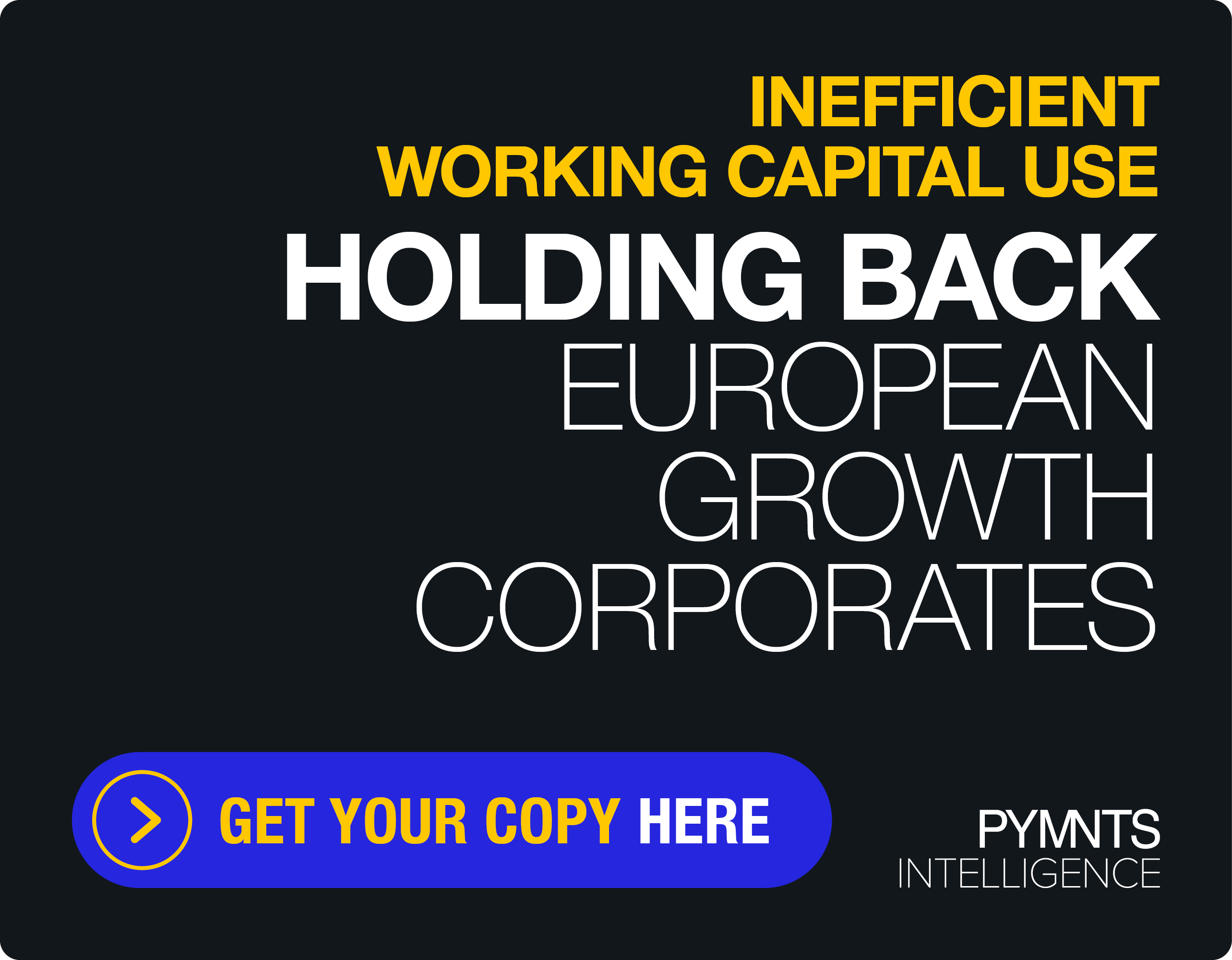Accelerating Business Value Starts With Investing in the Finance Function
What is the value of doing this?
It is a common question and one that Bill Fox, chief commercial officer at smart B2B payments network Finexio, told PYMNTS he gets “all the time.”
Fox explained that behind the question is the fact that people and organizations are attached to “a certain way of doing things.”
“Everybody pays their bills,” he said. “So, one way or another, [bill pay] is getting done at every company, but in most cases, if they haven’t moved toward automation, it’s getting done in a really inefficient, insecure, fraud-ridden kind of way.”
That’s why, particularly within today’s fast-paced business landscape, the question of value often arises when it comes to adopting new payment methods.
However, the multitude of options and services available can often lead to confusion and compound organizational inertia with businesses struggling to grasp the differences between various offerings, hindering their ability to determine the best course of action.
Firms must consider the inefficiencies and risks associated with their current accounts payable (AP) payment processes, Fox said, and ask, “What is it that is the biggest waste of time?”
“Having that conversation with [organizations] and really acting as a trusted expert and advisor so that they can understand all the aspects of Payments-as-a-Service … trying to get them to home in on what is the end state that they’re really looking for, and what’s really important to them [is really important],” he added.
Moving Toward a More Streamlined and Secure Payment Experience
There are as many ways to do business as there are businesses.
And that’s part of the problem that is begging for a streamlined solution.
Organizations might be “sending an ACH file to the bank, they might have people that are writing 100, maybe thousands of checks a week in some backroom and then sending them over to the CFO to sign, they might be doing bank account validation, they might just want everything to be electronic,” Fox explained.
“But ACH fraud has gone up 200% in the last two years,” he added, “so it’s important to ask: ‘How many exceptions do you have? Who deals with that? How many hours does that take them?’”
Many individuals and businesses are attached to their existing ways of doing things, but with the rise of automation, there is a growing recognition that it can offer a more efficient and, importantly, a more secure way of paying bills.
By understanding the specific pain points and inefficiencies in their current processes, organizational decision-makers can gain the knowledge to seek out tailored solutions that can meet their most pressing needs.
And those needs might be larger than they expect.
“During COVID, a lot of CFOs saw that the way we do this — pay bills — is just crazy,” Fox said. “You had people going into the office, writing checks, FedExing them to the CFO. The CFO signed them, FedExed them back, and now they get sent to customers who are also not in the office. Then the customer has to pick up the check and try to get it to their bank. It was crazy.”
Businesses have done all this other automation, they’re using Amazon and Uber in their personal lives, but at work there are people writing checks, or they are outsourcing one thing here, one thing there, one thing here, another thing there, he said.
A Better Way
A part of the reason that firms face challenges when it comes to understanding the value of automation in payments is that they don’t give much thought to it at all, Fox said. After all, they generally have a system that works and has worked. Paying bills isn’t the business they are trying to be in, and so the workflow gets less attention than it perhaps should.
“We’re moving into this sort of recessionary or economic downturn period where people are really starting to think about efficiency,” Fox said. “Fraud risk goes way up during these times.”
And the inefficiencies exposed during the pandemic have prompted a reevaluation of traditional business processes, leading to a growing interest in automation and robotic process automation (RPA) as solutions to streamline operations.
There is also an ongoing knowledge transfer as leaders transition to new roles in new places.
“People come into the organization, who maybe come from an organization that’s further along in automation, or they do a lot of it in their own life, and they think this just doesn’t seem right that we’re running this part of the business like this,” Fox said. “The idea is not just to keep adding bodies but add intelligence and automation to the processes.”
“The levers that push them into these conversations have changed from the sort of emergency during the pandemic to more of a ‘I better tighten up this ship and really understand how I can make this operation more efficient,’” he added. “It’s a unique thing where you can lower the fraud risk a lot in the attack surface, automate, save time, and, in the right circumstance with the right customer, [Accounts Payable-as-a-Service] can actually create a nice little revenue center too.”
That’s because, at the end of the day, solutions that are transformative for the finance department are likely to positively impact the business at large.

